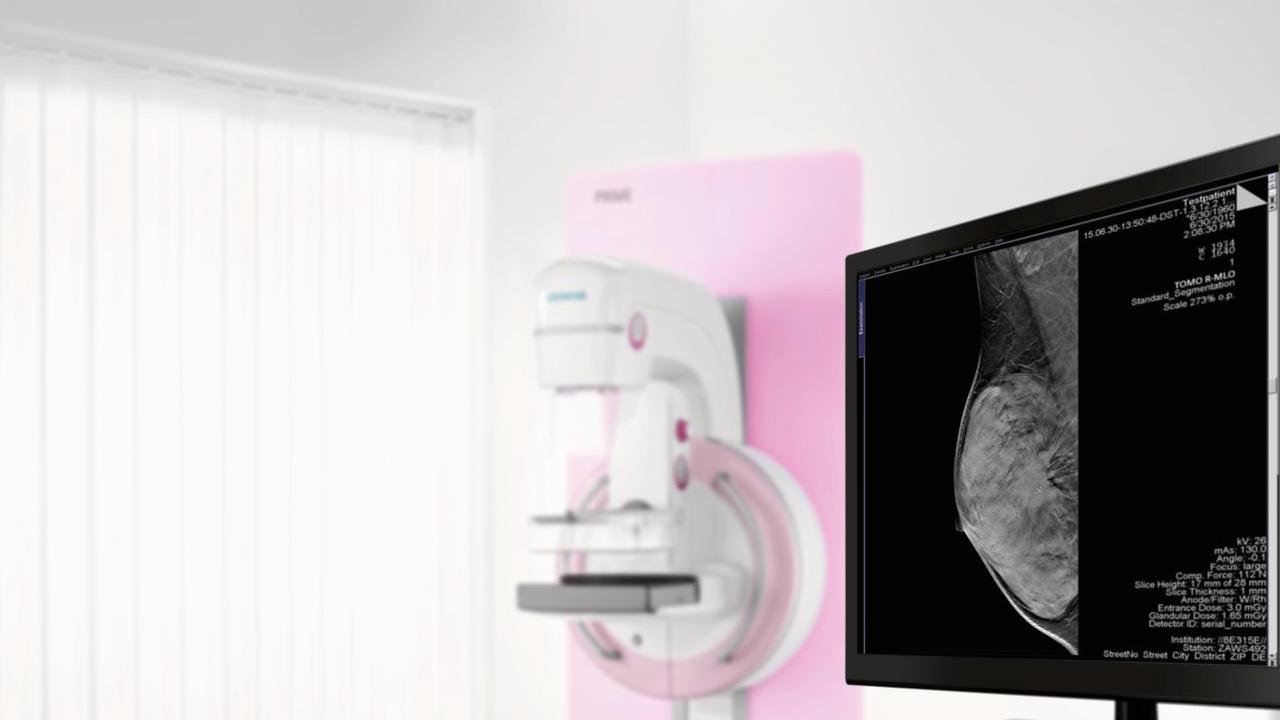There are various technologies already available that can help optimize tomo reading. Are there any other solutions in development? What can an outlook into the future predict?
Slabbing
3D views
Link-it
CAD
Computer-aided detection (CAD) already plays a role in mammography reading. It can help radiologists reduce the reading time needed by pointing out possible masses and microcalcification clusters. In the near future, CAD might play the same role in tomo reading.
Outlook into the future
A technology that might prove useful in breast cancer care is cinematic rendering. Using data from imaging systems, this new type of visualization technology creates photorealistic images and videos that show the inside of the body with unprecedented clarity. At the moment, 3D data from X-ray, CT, and MRI are being used to create these realistic-looking images. They can help improve surgery planning as well as support communication between physicians and patients. The use of cinematic rendering is not yet permitted as a technique for visualizing clinical findings.2
Another technology that might change image reading in breast cancer care in the future could spill over from gaming, computer, and television technologies: autostereoscopy. The method is also called “glasses-free 3D” because it allows seeing 3D on a screen without needing special 3D glasses. Would you like to view your images in real 3D on your monitor?

About High Definition Breast Tomosynthesis
Increase your diagnostic confidence efficiently and easily with High Definition Breast Tomosynthesis. Already superior with the widest angle, the highest number of projections, and full detector readout, it is now the world’s first tomosynthesis to incorporate EMPIRE Technology.

